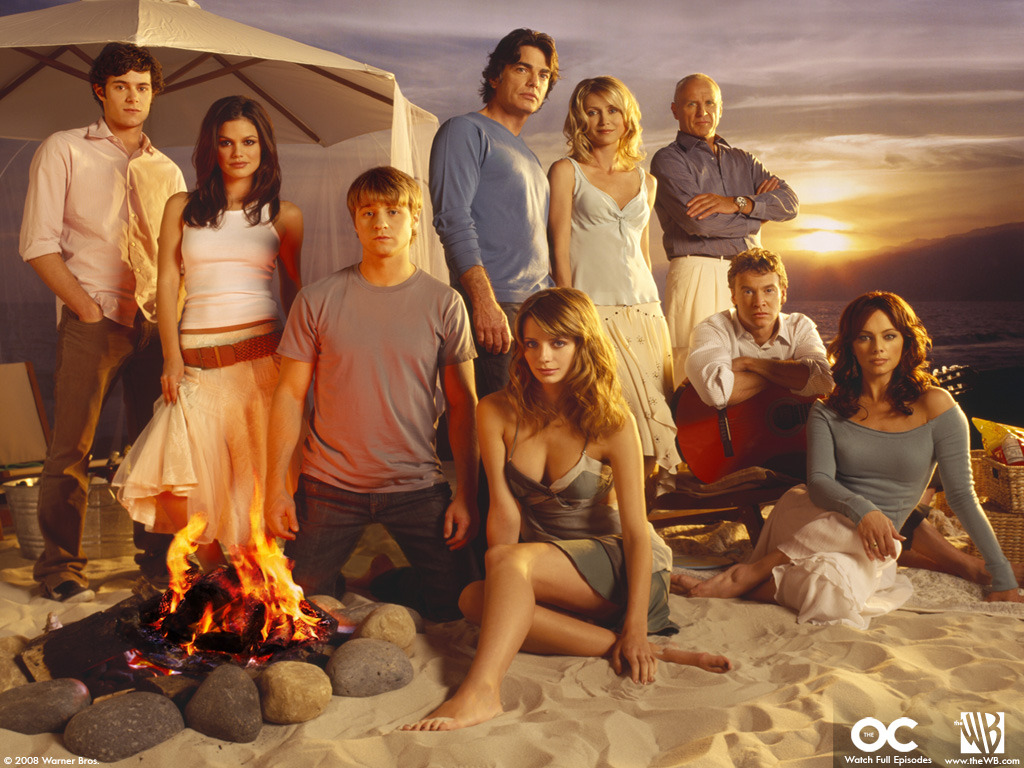Wolfblood is a fantasy/drama television programme that centers around a young girl moving to a new school. She and her family are the only werewolves in the town, however when a new boy starts at her school, things begin to change.
There are a lot of visual codes used in Wolfblood to present to the audience the setting and make the series seem more true-to-life. The setting of Wolfblood is quite dark and this is a representation of the programme itself and the genre it belongs to. A connotation of a werewolf is evil and typically, werewolves come out at midnight, so the lowkey lighting in the beginning reflects this connotation; the programme involves a shot of a full moon at the beginning, too. The programme is set in a school and their uniform projects this because when they're in P.E. they're wearing their school's uniform.
The facial and body language throughout shows the drama they're experiencing as there's a lot of sighs and a lot of raised eyebrows; there's also a lot of fear in the main character's eyes which further represents the genre of drama. The pace between the shots is quite quick, this would heighten the intensity because it makes the panic the character feels more prominent.
In one scene, the new boy who started at Maddy's (main character) school are sat in the changing rooms together and she rests her hand on his heart and this could demonstrate the relationship between the two.
In addition to this, technical codes are also used. There's a wide range of shots used. There are close up shots used to show the panic and the fear on the character's faces; there's an extreme long shot in the beginning which pans around a forest. This would reference nature and shows the connection between wolves and the forest. There's mid-shots used which shows teenagers laughing - this juxtaposes the lowkey lighting and the anxiety the character's feel because it shows that although this is going on with Maddy and her family, there are "normal" teenagers who are oblivious to what's happening around them and that they're just enjoying themselves.
There was a high angle shot used during the previous scene I mentioned between Maddy and the new boy. Prior to this scene, Maddy's father had already tried to kill him and had asked Maddy to bring the new boy to him. The high angle could represent the power Maddy's father has not only over her as she's obeying his commands but also over the new boy. It could also be a representation of the distaste he has for their friendship.
Along with visual and technical codes, the audio codes Wolfblood uses are also important. There's both diegetic sound and non-diegetic sound used. The diegetic sound is the sound that actually occurs in the shot and this is leaves crunching, birds singing, etc. The non-diegetic sound is the sound that's added in afterwards, and this is sniffing and the tense music that's added in the background.
Wolfblood uses chilling ambient music and this could foreshadow what's the come in the episode (with Maddy's dad wanting to murder the new boy). The use of this ambient music would make the audience more tense and anxious - they would wait in anticipation for what might be to come and it would keep them on their toes.








